Welcome to our guide to Trekking in Nepal!
Nepal is a hiker's paradise.
On this page, we provide general information the best hikes in Nepal by region, as well as key FAQs on hiking in Nepal.
Nepal Hiking Overview
Nepal sits slap bang in the middle of the Himalayan range and is home to eight of the ten highest mountain peaks in the world, including Mount Everest (which shares a border with Tibet in the North as well)!
Amazingly, the Himalayan range, which crosses four other countries – Pakistan, India, Bhutan and China – has over one hundred mountains that exceed 7,200 meters (23,600 feet).
To put this in perspective, the highest mountain outside of Asia is Aconcagua, which sits at 6,961 meters (22,838 feet) in the South American Andes.
The sheer height and magnificence of the Himalayas is attributed to the continental collision, uplift and folding of the Indo-Australian Plate with the Eurasian Plate, which is thought to have occurred around 50 million years ago.
The Himalayan range is bordered by the Karakoram and Hindu Kush ranges in the North-west, the Tibetan Plateau in the North, and the Indo-Gangetic Plain in the South.
Nepal’s position, in the middle of the Himalayas, make it one of the world’s most sort after trekking and climbing destinations. In fact, trekking and climbing is one of the most popular activities in Nepal and a major attraction for tourism, and driver for economic activity in the country.
Over 240 mountain peaks in Nepal breach the 6,000-meter mark (~20,000 feet) – the highest mountain in Africa, Mount Kilimanjaro, is 5,895 meters.
Thirty-three mountain peaks in Nepal, with heights ranging from 5,650 meters to 6,500 meters, are classified as ‘Nepal trekking peaks’. Although as many as 15 require some, if not a lot, of climbing experience.
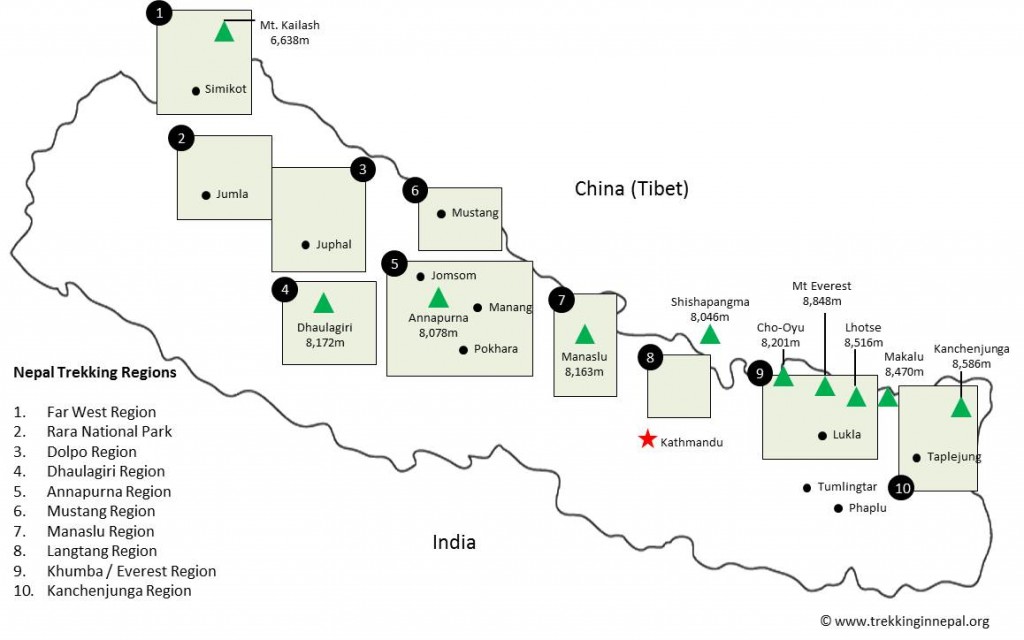
Being such a mountainous country, there are literally hundreds of trekking routes that all offer trekkers something unique and beautiful.
The map above depicts the 10 main Nepal trekking regions. Check out our complete list of Nepal Trekking routes.
Below are brief descriptions on each region from west to east and links to individual route itineraries.
Nepal Treks by Region
Far West Region
Often overlooked because of its position, the Far West Region of Nepal provides incredibly authentic trekking experiences combined with beautiful landscape.
The Limi Valley Trek is the most popular trek in the region and and explores the lovely Limi Valley.
Rara National Park
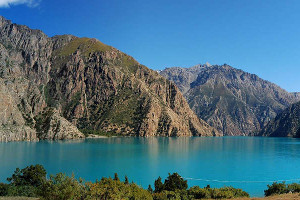
An area of outstanding natural beauty, the Rara National Park is home to Nepals’ largest lake – Rara Lake.
The Rara Lake Trek is the most prominent hike in the region and can be trekked over a variety of routes. The highlight is seeing the snowcapped mountains reflected perfectly in the huge lake.
Dolpo Region
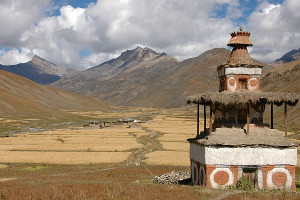
One of the most remote and isolated parts of Nepal, the Dolpo Region is perfect for trekkers looking to get off the beaten path and explore the proper wilderness of Nepal.
Most hikers enter the Dolpo via Juphal.
Dhaulagiri Region
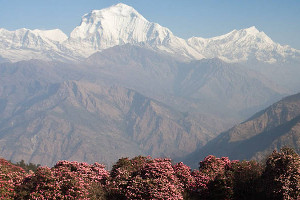
Another remote area of Nepal, the Dhaulagiri Region houses the 7th tallest mountain on earth – Mount Dhaulagiri (8,137 meters).
This area is perfect for high altitude trekkers that want to get away from the crowds that sometimes plague the more popular routes. The most trekked route is the Dhaulagiri Circuit Trek.
Annapurna Region
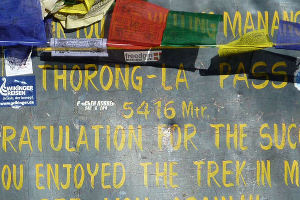
The Annapurna region is one of the most trekked regions in Nepal and also one of the most beautiful.
Lying just north of the trekking city of Pokhara, the Annapurna Region plays host to one of the best hikes in the world – the Annapurna Circuit. Because of its popularity, the region is a hot-spot for Nepal hikes.
The Annapurna Sanctuary Trek, The Royal Trek and the Ghorepani Poon Hill Trek are also very popular treks, especially for novice hikers or for people with less time.
Other less trodden routes in the region include the Jomsom Muktinath Trek and the Annapurna Base Camp Trek. Both treks are slightly longer and more difficult, but reward their walkers with incredible vistas and scenery.
Khumbu / Everest Region
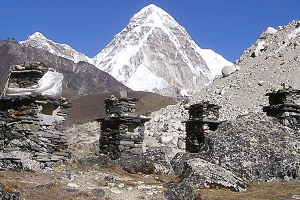
The Khumbu region is the grandest and most popular region in all of Nepal.
It plays host to 4 of the worlds 6 tallest mountains on earth – Mount Everest, Mount Lhotse, Mount Makalu, and Cho Oyu.
The Everest Base Camp Trek is the most popular route in Nepal and gets over 30,000 trekkers a year! Other popular treks in the region include the Gokyo Lake hike, Khumbu Valley Trek and Makalu Base Camp Trek.
The region also provides two very popular trekking peaks – Mera Peak and Island Peak. Both peaks are a great way for novice climbers to have the chance of scaling their very own Himalaya Peak.
Manaslu Region
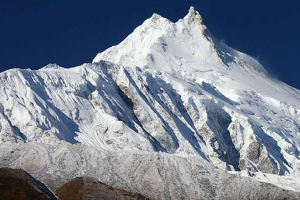
Slap bang in the centre of Nepal, the Manaslu Region is very culturally diverse region with a stunning landscape to match.
The most popular trek is the Manaslu Circuit Trek which takes in the 8th highest mountain in the world – Manaslu (8,163 meters).
Mustang Region
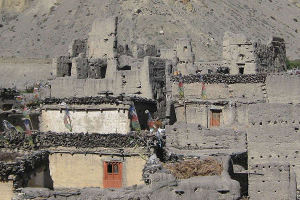
Lying north of the Annapurna Region, the Mustang Region is still home to ancient Mustang-Tibetan communities that lie in stark contrast to the ever modernizing world. The Mustang Region is known for its dry climate and it’s often possible to trek its main routes eve in the monsoon period.
The two most popular routes are the Mustang Circuit and the Upper Mustang treks.
Langtang Region
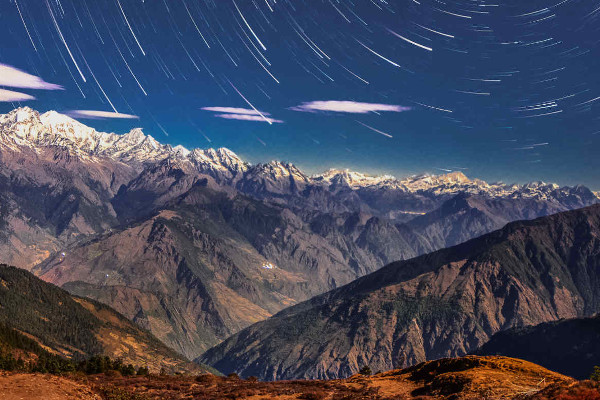
Lying to the north of Kathmandu, the Langtang region is the third most popular trekking region in Nepal. Its popularity stems from its incredibly lush scenery and its close proximity to Kathmandu, making it very accessible. The Langtang Valley Trek is by far the most popular route in the region and visits the gorgeous Langtang Valley.
Other popular routes in the region include the Helambu Trek, Gosainkunda Trek and the Rolwaling Trek. The Rolwaling trek is one of the most difficult and wild treks in Nepal and requires previous mountaineering experience.
Kachenjunga Region
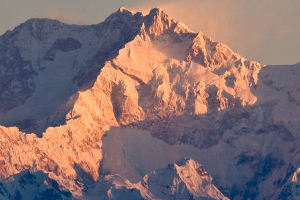
Home to third highest mountain in the world – Mt. Kachenjunga (8,586 meters), the Kachenjunga Region boasts incredible scenery and a large population of Red Pandas!
There are a number of treks in this region, however, the most popular by far is the Kachenjunga Base Camp Trek.
Hiking In Nepal FAQ
When is the best time to trek in Nepal?
The best time to trek in Nepal is best done during the dry and warm months from late February through to June and from September through to November.
During these months temperatures tend to be ‘moderate’ by Nepalese standards and the skies are often clear, providing great vistas of the Himalayas.
Of course, as these months are optimal for trekking, most routes in Nepal tend to get busy. There are, however, some quieter more remote routes that can be followed to avoid the crowds (see above).
The summer monsoon arrives in June and gets into full swing during the months of July and August. These last two months are generally wet and unpleasant, characterised by serious rain and leeches! You can however find good trekking in rain-shadow areas like the Mustang and Dolpo during these months.
The winter months of December, January and February, although very cold, can give trekkers on lower routes and unclosed paths a very authentic Nepal trekking experience. They are however, not ideal for the faint-hearted and better suited for rugged trekkers who enjoy the hardships and challenges that come with trekking in freezing conditions.
Is altitude sickness a risk when hiking in Nepal?
Yes. Trekking in Nepal often means going to high altitude. It is important that you understand the risks of high altitude and take the right precautions to acclimatise properly. We have written a detailed guide on acclimatisation and altitude sickness which we highly recommend you read before embarking on your Nepal hike.
How much does it cost to hike in Nepal?
One of the key benefits of trekking in Nepal is that there are a number of options available in terms of how you want to organize your trek.
Generally, though, there are three ways to trek in Nepal:
- Join an organized trekking group
- Acquire the services of a guide and / or a porter to assist you with your trek
- Trek independently (see separate section below)
The option you choose will usually be dictated by the difficulty of the trek, your experience and available budget.
Organized treks are best suited for trekkers looking to do long or challenging routes, or for those who are unfamiliar with Nepal / trekking in general and want the comfort of being part of an organised tour where your safety, comfort and trekking experience are in the reliable hands of a respectable operator.
Organized guided treks come in many shapes and forms, but all need to be managed by tour agencies that are registered with the Trekking Agencies’ Association of Nepal (TAAN).
The final group are a rare breed. They tend to specialise in the most technically challenging trekking routes / climbs. These operators can design bespoke programmes for trekkers and hold full control of your trekking experience from beginning to end. However, the service often comes at a premium because they have their own on-the-ground operations, they’re actually often quite price- competitive for popular and uncomplicated treks.
Please Note: if an agency, hotel or anyone else offers you a guided trek and they are not TAAN registered, then they are operating illegally, and you should not acquire their services.
Organized treks cover all administrative requirements and costs like land transportation, trekking / climbing permits, taxes, porter insurance and National Park fees. Group treks generally consist of guides, porters and cooks who carry all required supplies (camping materials, your gear, food and cooking supplies) on the trail.
You are only required to carry light essentials in a small daypack. On camping routes, tents and food are assembled and prepared for you at each campsite and the general organization and operation of the trek is often overseen by a Chief Guide called a Sirdar.
Three types of tour agents / operators dominate the market.
- Firstly, there are local tour agents that run their own operations or outsource to local operators in the region. You will see many of these local agencies in the trekking and climbing hubs of Kathmandu and Pokhara. See the best trekking companies in Nepal.
- Secondly, there are international tour agents that outsource to local tour agents / operators.
- And finally, there are international tour companies that own and operate on-the-ground operations in Nepal.
The first group tend to be the cheapest out of the three but can often be hit and miss in terms of quality. If you decide to go with a local agent in Nepal make sure you shop around a bit, compare itineraries and check to see what is included and not included in the trek. Ask around for recommendations and most importantly, make sure that the agent is TAAN registered.
The second group are generally reliable as they have long-term and established relationships with local operators who have great track records. Obviously, they tend to be more expensive as they mark-up their prices for international trekkers who are looking for that extra quality and safety - like Everest Base Camp.
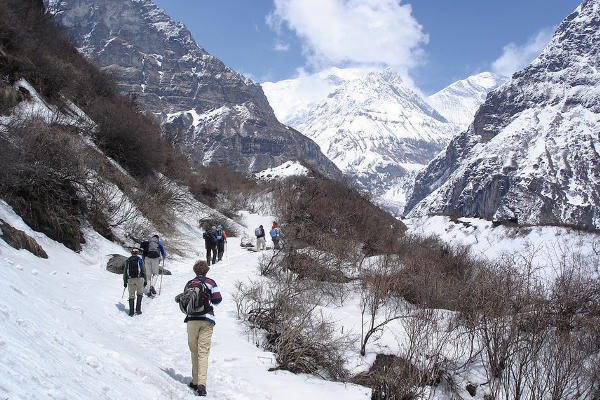
Can I hike independently (without a guide) in Nepal?
Yes, if you are a seasoned adventurer with some experience dealing with Nepalese locals and trekking in Nepal, then you may want to consider trekking independently or acquiring the services of a guide or porter to assist you on your trek and keep you company.
As an independent trekker you will need a trekking permit, which varies depending on the region that you are looking to trek. You will also need to pay National Park Entrance fees.
The largest and most popular trekking regions of Annapurna, Khumbu and Langtang / Helambu require independent trekkers to have a Trekker Information Management System (TIMS) card which can be bought for NPR2,000 (US$20) from the Nepal Tourism Board offices in Kathmandu and Pokhara, or from the TAAN offices.
Please Note: Independent TIMS cards are green, not to be confused with blue TIMS cards that are issued to trekkers that are part of a group with a licenced guide. Blue TIMS card can be bought for NPR1,000 (US$10).
See TIMS Nepal to find out how to acquire a TIMS card and what documentation you will need to show in order to be issued a card.
Special trekking permits for restricted areas like Mustang, Kanchenjunga, Dolpo and Manaslu can only be obtained through licensed trekking agents.
If you plan to do any trekking peaks, like Island Peak or Mera Peak, you will need a climbing permit which can be obtained from the Nepal Mountaineering Association.
What hiking gear do I need to pack for Nepal?
The trekking gear you choose to take with you to Nepal will depend on what type of hike you plan to do and which route you plan to take.
A key principle is to stay as light as possible, particularly if you plan to trek independently.
A lot of gear can be rented from trekking agents or bought in the towns of Kathmandu or Pokhara.
Nonetheless, there are some mandatory trekking gear requirements which we think you should rather bring with you – we have briefly set these out below. You may also want to read our detailed hiking gear list.
Nepal Hiking Packing List
- Hiking boots: First off you will need a good pair or well worn-in hiking boots. Do not arrive in Nepal with badly fitted boots or brand new boots. You will undoubtedly get sore feet and blisters.
- Sleeping bag: A very warm (protection up to -10 degrees Celsius), mummy-shaped sleeping bag and lightweight sleeping pad.
- Clothing: A selection of layered trekking clothing, from next-to-skin base layers, to fleece second layers and a water / wind proof shell jacket and trousers. Also bring trekking socks, thermal socks, warm gloves and warm headwear.
- Trekking poles: Adjustable trekking poles that are easy to store and sturdy under pressure.
- Sunglasses: High UV protection sunglasses that can deal with the sun intensity and glare in Nepal.
- Daypack and Duffle: A light-weight daypack to carry your essentials and a duffle bag to carry your trekking gear.
- Headlamp: Good quality, LED headlamp
- Other accessories: Water bottles / hydration bags, water purification tablets, general medications, snacks and toiletry supplies (although these can be purchased on most routes but increase in price as you get higher)
You can also review our specific articles on Everest Base Camp Trek packing list and Annapurna Circuit hiking gear list.
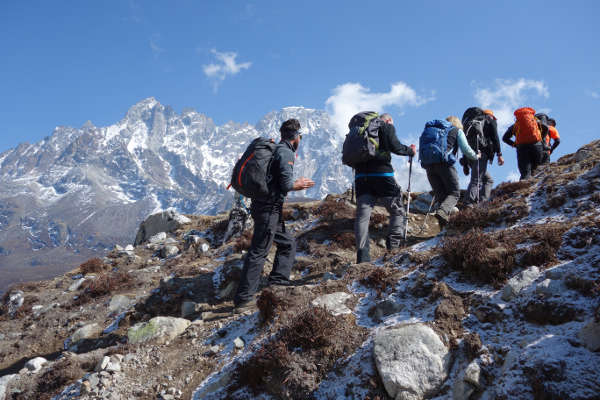
Do I need a tourist visa for Nepal?
All foreigners (except Indians) require a tourist visa to enter Nepal. Visas are issued at entry ports into Nepal or can be obtained at the Nepalese Embassy in your country of origin (note: Passport holders from Afghanistan, Cameroon, Ethiopia, Ghana, Iraq, Liberia, Nigeria, Palestine, Somalia, Swaziland and Zimbabwe need to obtain a visa in their country of origin before arriving in Nepal).
Visa fees are as follows (2015/16):
- Multiple entry, 15 days = US$15
- Multiple entry, 30 days = US$40
- Multiple entry, 90 days = US$100
Tourist visas can be extended at the Immigration Department in Kathmandu for a total maximum stay of 150 days in a calendar year.
You will need a valid passport, one passport photograph and the tourist visa fee to obtain a visa when you enter Nepal.
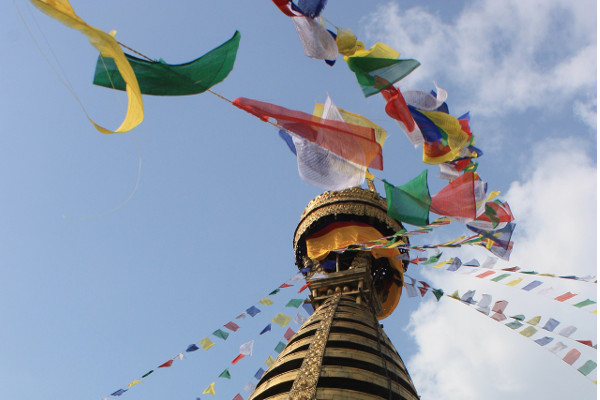
What guidebook do you recommend for Nepal?
There is a plethora of useful books and guidebooks on Trekking in Nepal. Check out our Nepal library where we review some of our favourite guidebooks and literature.
For the most comprehensive general travel guide to Nepal we recommend the Nepal Lonely Planet guidebook.

In terms of trekking guidebooks, the Cicerone Nepal Guides are great for specific regions. We particularly like their Annapurna and Langtang regional guides. However, if you are looking for a more general trekking guide that covers the Big Hits, then you can’t go wrong with the Lonely Planet Guide to Trekking in the Nepal Himalaya.
Continue browsing...
See more information on Nepal. Or check out these other Nepal hiking articles:
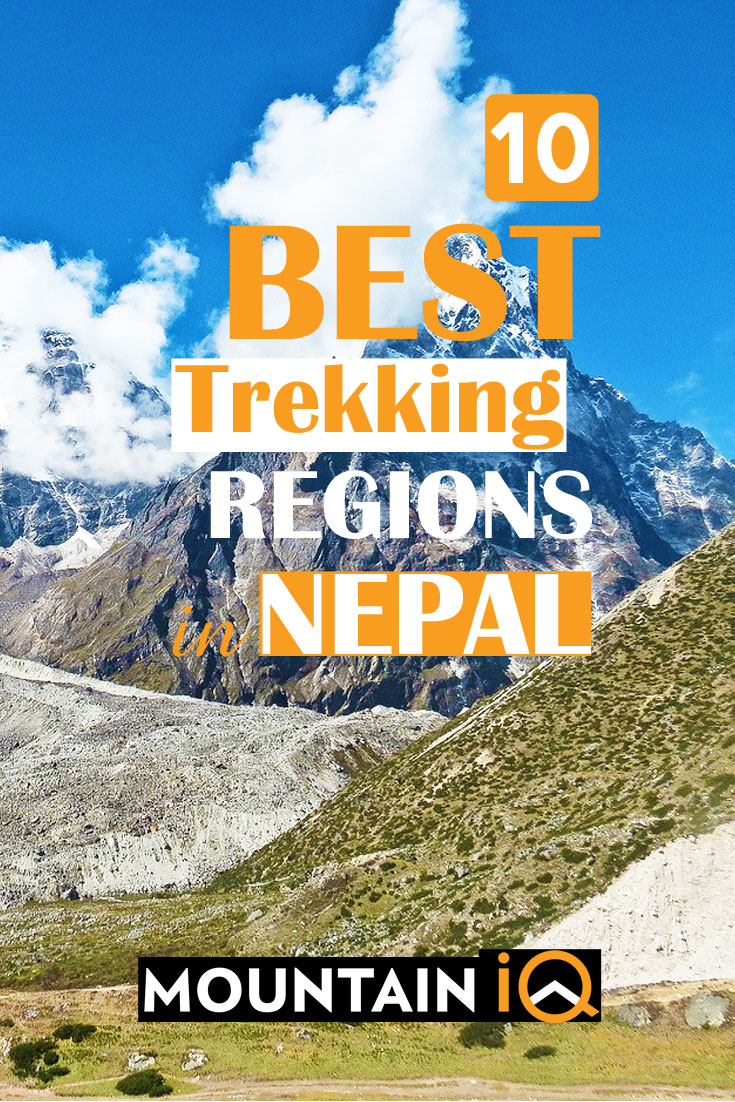

Hi,
Is it still possible to trek independently without a guide? Because I read some rumours online that this is no longer possible. Do you have some information on this?
Regards,
Els.
Hi Els, as far as we know most of the regions in Nepal are still open to independent trekkers. Does anyone else want to chime in on this?